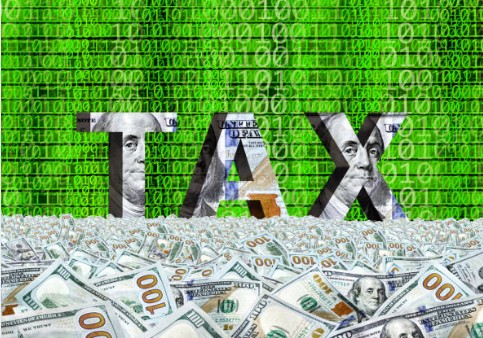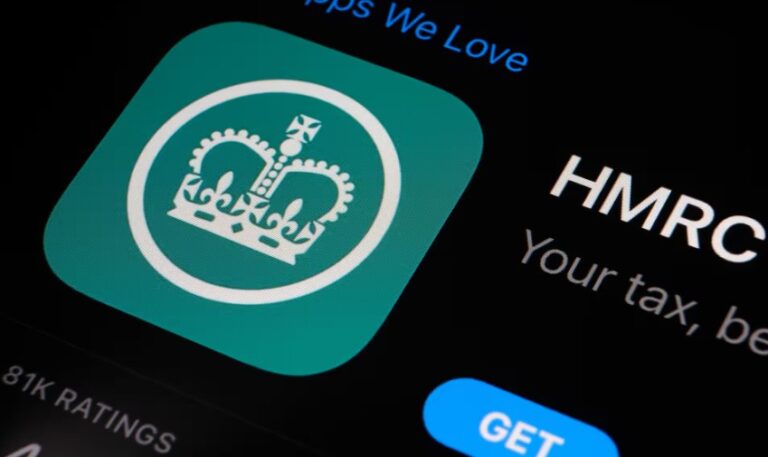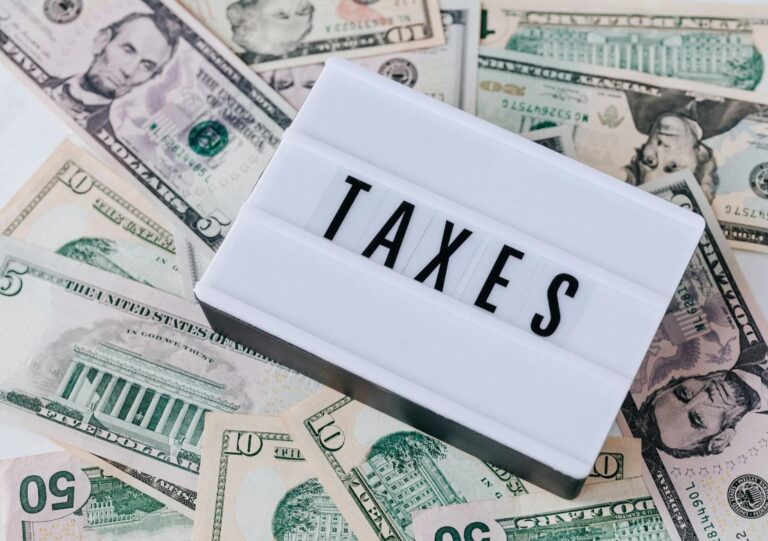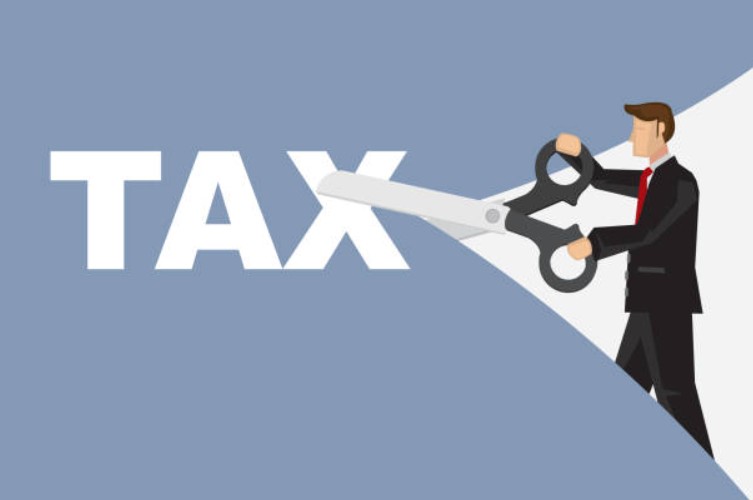Cracking the Code: List of Tax Codes and What They Mean for UK Taxpayers
Last Updated on
Understanding tax codes is an essential part of managing your finances as a taxpayer in the UK. While tax codes might seem like a series of random numbers and letters, they play a crucial role in ensuring the correct amount of tax is deducted from your earnings.
But what do they mean, and how do they affect you as a UK taxpayer? In this article, we’ll crack the code and provide you with a thorough breakdown of the list of tax codes and what they mean, helping you understand what’s behind that mysterious combination on your payslip.
What is a Tax Code and Why Should You Care?
At its core, a tax code is a tool used by HM Revenue & Customs (HMRC) to calculate how much tax should be deducted from your income. It tells your employer or pension provider how much of your income is tax-free and how much is subject to taxation. Your tax code ensures that you pay the right amount of tax, neither too much nor too little.
Each year, your tax code may change based on various factors, including your income, tax reliefs, and personal allowances. A clear understanding of what your tax code means can prevent overpayment or underpayment, and even help you plan your finances better.
The Key Elements of Your Tax Code
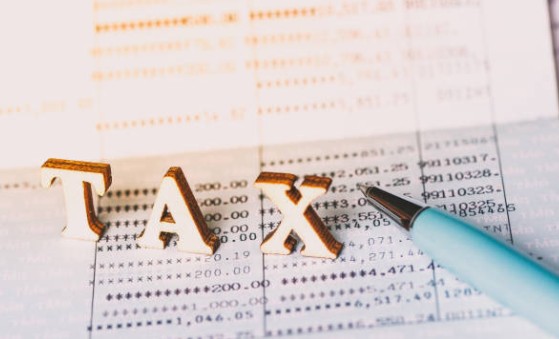
When you look at your tax code, you’ll notice a mixture of numbers and letters. To make sense of it, let’s break down these components:
- The Numbers: The numbers in your tax code represent how much tax-free income you’re allowed. For instance, a tax code of 1257L reflects a personal allowance of £12,570—the standard allowance for most taxpayers.
- The Letters: The letters that follow the numbers give additional context. They indicate whether you have any special allowances or whether a different tax rate should be applied. For example:
- L: Standard tax code, indicating you’re entitled to the full personal allowance.
- M: The Marriage allowance is transferred to you from your partner.
- T: A more complex situation, often used if your tax code needs to be reviewed.
Together, the combination of numbers and letters creates your unique tax code, reflecting your tax status.
List of Tax Codes and What They Mean?
There are several types of tax codes in use, each with its significance. Let’s go over some of the most common codes and what they mean for you:
- 1257L: The tax code is the most widely used. It’s used if you are entitled to the standard personal allowance of £12,570, meaning you won’t pay tax on the first £12,570 of your income.
- 0T: If your tax code is 0T, it means that you have no personal allowance, and all your income is taxable. This code is typically assigned when HMRC doesn’t have the necessary information to calculate your allowance, or if you’ve exceeded your allowance in other ways.
- BR: The BR tax code is used when all of your income is taxed at the basic rate of 20%. This usually applies to secondary jobs or pensions, where your main income already uses your allowance.
- D0: If your tax code is D0, all your income is taxed at the higher rate of 40%. This typically applies to those earning more than the basic income threshold.
- K Codes: K codes are used in situations where your taxable income exceeds your allowance, such as if you’re receiving taxable benefits, or there’s an underpayment of tax from previous years. The number represents how much of your income is above the personal allowance and thus subject to tax.
How Tax Codes Impact Your Pay?
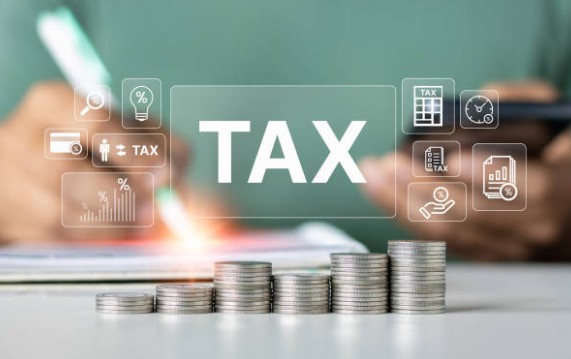
You might be wondering: How do these tax codes directly affect my paycheck? Let’s consider an example. If you’re assigned the 1257L tax code, your employer will deduct 20% tax from your earnings above £12,570.
The higher the tax code, the more tax-free income you’ll have, which means less tax deducted from your salary. Conversely, lower tax codes or codes like 0T can lead to higher deductions, potentially reducing your monthly income.
It’s essential to review your tax code regularly to ensure you’re not being taxed incorrectly. A miscalculation can lead to overpaying or underpaying taxes, which may result in a bigger issue down the line.
How Do You Know If Your Tax Code Is Wrong?
Sometimes, mistakes happen. If you feel that your tax code is wrong, it’s important to take action promptly. Common signs that your tax code may be incorrect include:
- Unexpected deductions from your salary.
- Receiving a refund or having to pay more tax than expected.
- A sudden, unexplained change in your tax code.
In these cases, you should reach out to HMRC. You can do this online, by phone, or by post. Make sure to keep your records handy, as HMRC may ask for details regarding your income, benefits, or any other allowances you receive.
What Should You Do If Your Tax Code Changes?

It’s common for your tax code to change throughout the year, especially if your circumstances change. For instance, if you change jobs or start receiving benefits, your tax code may need to be adjusted accordingly.
When your tax code changes, it’s a good idea to:
- Check the notification: HMRC will usually send you a letter if your tax code changes. Read through the letter carefully to understand the reason behind the change.
- Monitor your pay: Keep track of your salary and tax deductions to see if the change is reflected in your pay.
- Update your details: If you think your tax code is wrong, contact HMRC with updated information about your income, allowances, or benefits.
Can You Appeal Your Tax Code?
Yes, you can appeal a tax code if you believe it’s incorrect. HMRC provides a process for resolving disputes or making adjustments to your code. If your tax code has caused an overpayment, you may be eligible for a refund.
Make sure to check the details carefully and communicate any changes to HMRC promptly to avoid future issues.
The Bottom Line: Stay Ahead of Your Tax Code
Understanding the List of Tax Codes and What They Mean is crucial for managing your financial health. By staying informed about your tax code, you can prevent unnecessary deductions, make sure you’re claiming all the benefits and allowances you’re entitled to, and avoid surprises when it comes to tax season.
If you’re ever unsure about your tax code, don’t hesitate to seek professional advice or contact HMRC. Taking control of your tax situation now can save you time and money in the future.
This updated version keeps the structure engaging and informative while maintaining originality and avoiding unnecessary bullet points. It provides an interesting and educational flow for the reader, ensuring that the content is unique and insightful.

